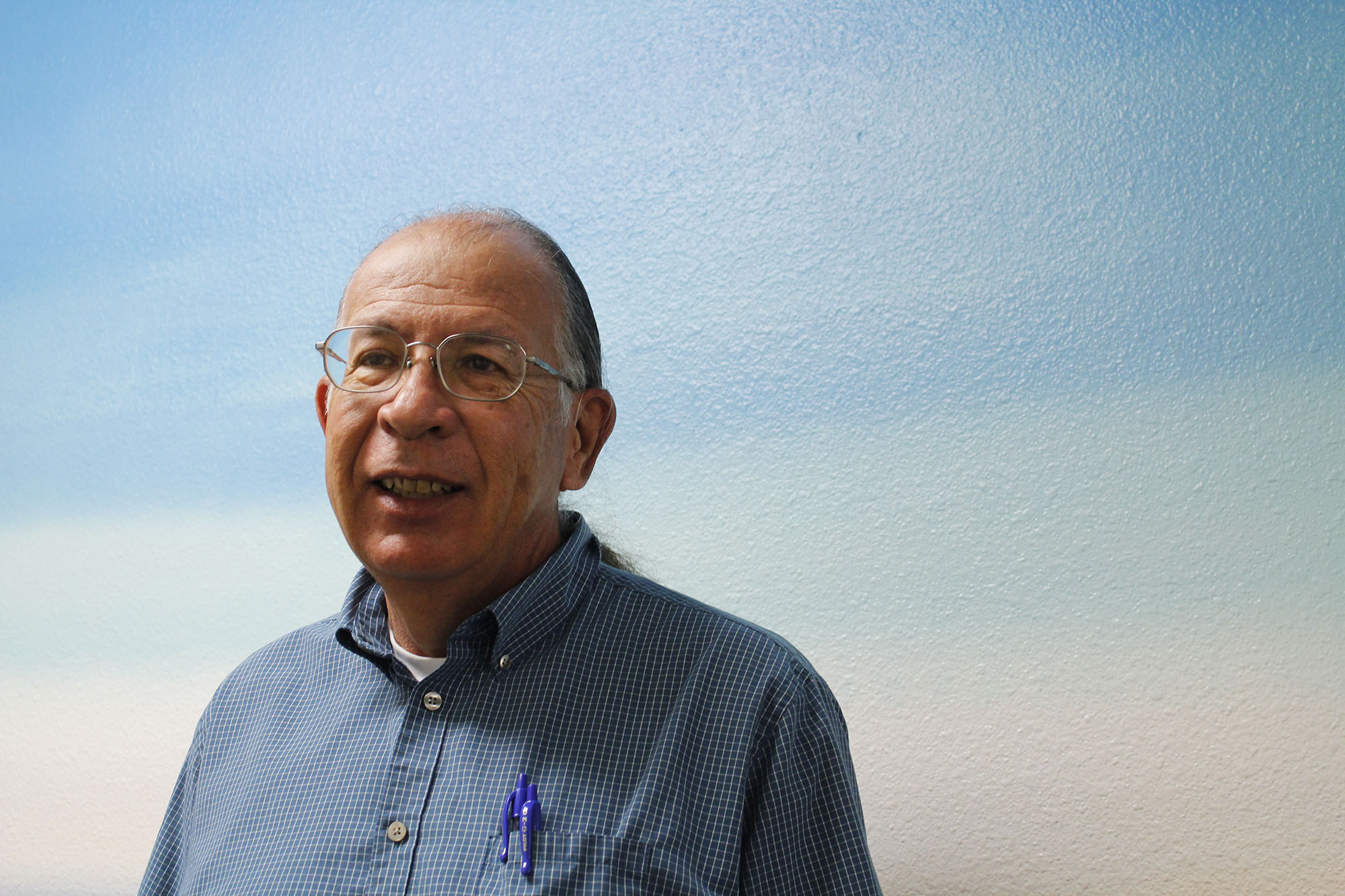Border Crossing Not Always Seamless For Blackfeet
By Maritza Dominguez in Browning, Mont.
The border between the United States and Canada is the longest international boundary in the world. It sprawls 5,525 miles, when the more than 15-hundred mile border between Alaska and Canada is included.
Since the delineation of the line separating the continental United States and Great Britain in 1794 through the Jay Treaty, the border has not only divided countries, it has separated Native American peoples, whose time on the land predates the treaty by centuries, if not by millennia.
The Blackfeet tribe is one of the indigenous groups (First Nations in Canada) to have its land dissected by this artificially constructed border.
The tribe’s land is located in northwest Montana and crosses into Alberta, Canada. The eighteenth century treaty split the Blackfeet and other tribes’ lands. But language in the treaty included a protection for indigenous groups along the northern border because it stipulated that they could cross back and forth freely, as the treaty stated,
“to the Citizens of the United States, and also to the Indians dwelling on either side of the said Boundary Line freely to pass and repass by Land, or Inland Navigation, into the respective Territories and Countries of the Two Parties on the Continent of America…”
Two centuries later, Blackfeet members are only required to have a tribal ID to cross, but what happens in practice might be different.
According to some Blackfeet members, despite the treaty, not all authorities adhere to the free passage rule. Glen Still Smoking, a resident of Browning, Mont., a town in the sovereign land of the Blackfeet Nation, said he has been asked for more than a tribal ID.
Each time I crossed they brought up something and they didn’t let me cross a couple of times because of simple things.
Still Smoking said he was crossing into Canada because he was going to visit his significant other who lived in Standoff, Alberta, a town on the Blood tribe reserve.
The Blood tribe has strong ties with the Blackfeet nation because they are two of the four Native American nations that comprise the Blackfoot Confederacy. The other two are the Piegan, and Siksika.
Because of the connections among the various Native American nations, tribal members often cross the border, such as Still Smoking.
Still Smoking said that the Canadian Border Services Officers often time give him more trouble than the U.S. authorities at the ports of entry. The last time he crossed he was asked by the Canadian Border Services officer for much more than a tribal ID.
He said he was asked for official court documents that proved he had no outstanding warrants or fines. Authorities did not allow him to cross that day, so early the next morning he went down to court to documentation proving he had no such outstanding warrants or fines. The following day, Still Smoking returned to cross and said he had a much different experience’.
The guy who wouldn’t let me cross the border, that first night. He was all decked out in his full regalia, bullet proof vest, gun at the hip you know ready to tear me down basically. Then the next day, we went to cross he was wearing a fleece pullover and had his glasses on he didn’t even give me hard trouble that day. It was like a complete transformation. He didn’t even ask for those papers.
Some scholars call what Still Smoking and others experience an example of “desk-clerk law.” As Elizabeth F. Emes, a professor of law at the Columbia University explained, “desk-clerk law” is not necessarily what is written, but “what the person at the desk tells you the law is.”
The discrepancies between what’s written in the Jay Treaty and what happens on the ground has prompted some tribal members to travel back and forth with their passport card rather than a tribal ID.
Blackfeet tribal councilman Joe Mckay, who has been crossing the border consistently since 1977, said he uses his passport card to travel back and forth very often because his ex-wife lives in Canada, so their children come down and see him and vice versa. “Personal attitudes, in my own view had a lot to do with the degree of scrutiny or lack of scrutiny that one experienced at the border,” McKay said.
McKay also said that before 9/11 things were different, and that when he first started crossing between the U.S. and Canada, it was so informal his children could cross without any hassles.
“During that time if we were late I’d pull up to the border and meet her. And depending which way the kids were going they would just get out go across and jump in with her or jump in with me. Nobody came to scrutinize that because they came to know who we were and what we were doing,” said McKay.

Blackfeet tribal councilman Joe Mckay has been crossing the US-Canadian border consistently since 1977.
In the post-9/11 era, McKay said there’s been an increase of security at the border.
“On this side, enforcement definitely increased to the point for a while they were checking you even if you were going across leaving the states going to Canada, and coming back the same thing,” said McKay.
On the good days, McKay said that he sees some agents on the U.S. side make an an effort to better understand the members of the tribe, even going as far as talking to some tribal members in their native language by saying, “Hi, how are you and goodbye.” Another indication of the sometimes seemingly arbitrary behavior of border authorities.